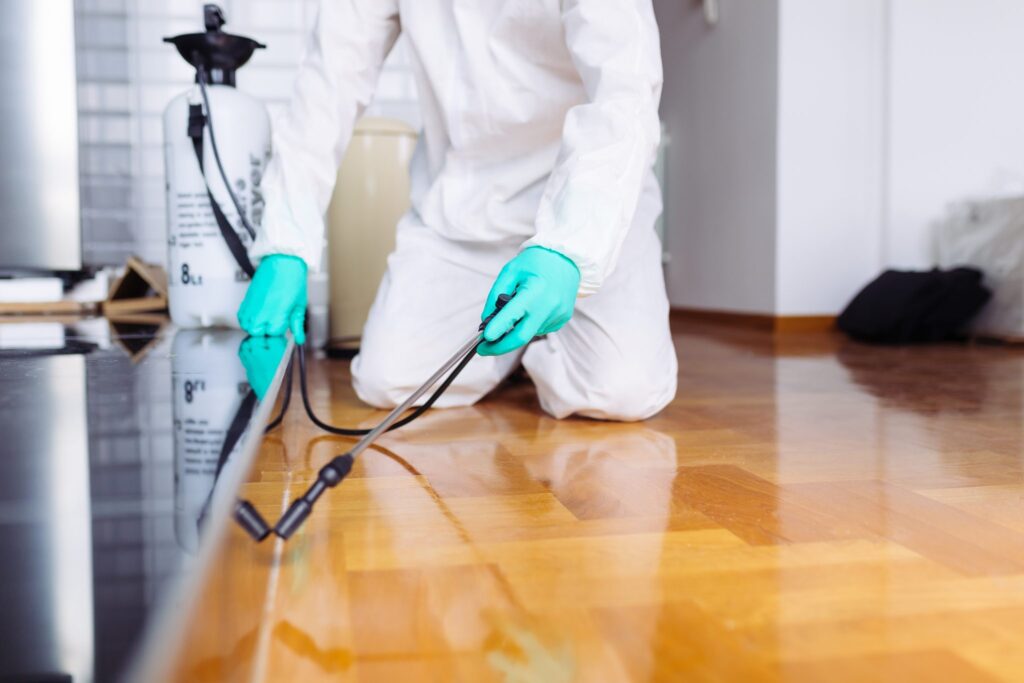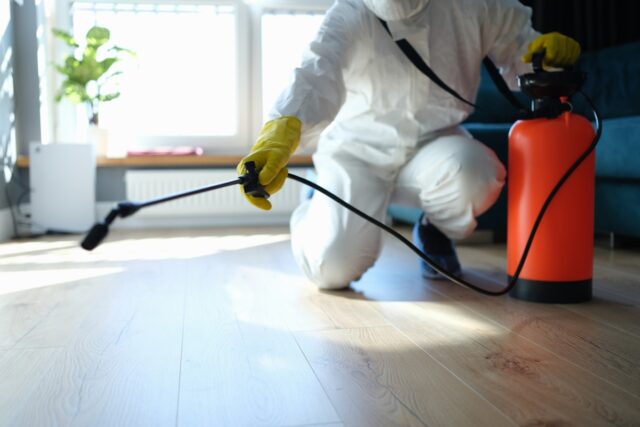Pests can be a nuisance for homeowners, affecting both the comfort and safety of their living spaces. This comprehensive guide aims to provide effective strategies and schedules for pest control, ensuring a pest-free environment.
Understanding Pest Lifecycles
Lifecycle and Reproduction Rates
Different pests have different lifecycles and reproduction rates. For example, rodents reproduce rapidly, requiring more frequent intervention, while termites have longer lifecycles but can cause more damage over time. Understanding these patterns helps in planning effective control measures.
Seasonal Pest Control Strategies

Spring and Summer
During spring and summer, pests like ants, mosquitoes, and flies are more active. This period requires proactive measures, such as sealing entry points and using appropriate repellents or baits. Regular inspections during these months can prevent infestations from becoming severe.
Fall and Winter
In fall and winter, pests like rodents and spiders seek shelter and warmth inside homes. This time calls for sealing cracks and crevices, setting traps, and maintaining cleanliness to deter pests from nesting. Monitoring for signs of infestation is critical as pests are more likely to hide during these colder months.
Integrated Pest Management (IPM)
Prevention and Maintenance
Integrated Pest Management (IPM) is a holistic approach focusing on long-term prevention through a combination of techniques. These include maintaining cleanliness, reducing moisture, and removing potential food sources. Regular maintenance checks can identify potential issues before they escalate.
Professional Interventions and DIY Solutions
While DIY solutions can be effective for minor issues, some situations require expert pest control intervention. Professionals in this field can offer more potent solutions and advice on preventing future infestations. Balancing DIY efforts with professional help can ensure effective and sustainable pest control.
Tailoring Pest Control to Specific Pests

Identifying Common Household Pests
Different bugs require different control strategies. Common household pests include ants, cockroaches, bed bugs, termites, and rodents. Each of these bugs has unique behaviors and preferences. For instance, ants are attracted to food remnants, while termites are drawn to wood. Recognizing the type infesting your home is the first step in implementing an effective control strategy.
Customized Control Methods
Once you’ve identified the bug, tailor your control methods accordingly. Ant infestations might be managed with bait traps and regular cleaning, whereas bed bug problems might require more intensive methods like heat treatment or chemical sprays. Understanding the specific needs and effective treatments for each type ensures more successful control and prevention.
Safe and Eco-Friendly Pest Control Options
Importance of Safety and Environmental Impact
In the pursuit of a pest-free home, it’s vital to consider the safety and environmental impact of control methods. Chemical treatments, while effective, can have adverse effects on health and the environment. It’s important to balance efficacy with safety, especially in homes with children, pets, or sensitive individuals.

Conclusion
In conclusion, effective control is a year-round endeavor, requiring knowledge of lifecycles, seasonal strategies, and integrated management approaches. Regular inspections and interventions, whether DIY or professional, can maintain a pest-free home, ensuring the safety and comfort of all residents.




